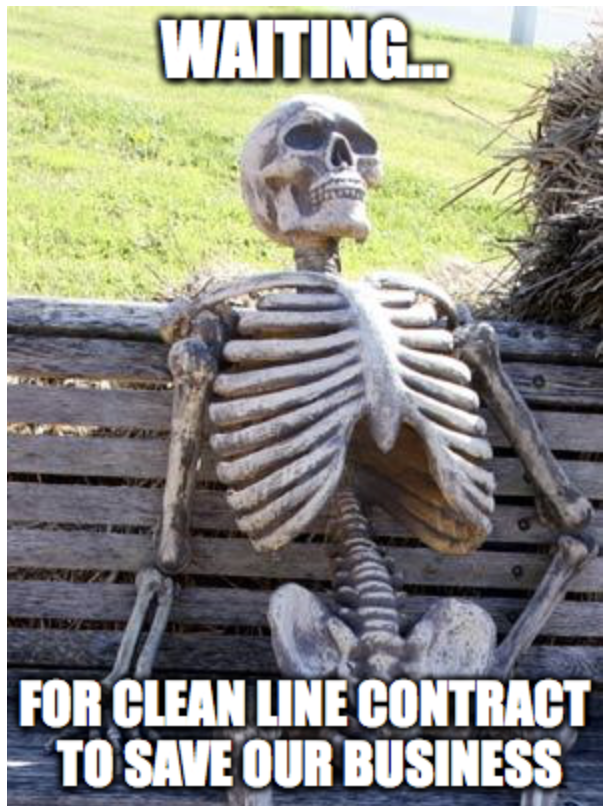“Governor Cuomo’s bold commitment to harvest New York’s abundant offshore wind power could make us a regional hub for offshore wind development, creating jobs and attracting significant industry investments, while allowing the state to reach its 50 percent renewable energy mandate,” Gordian Raacke, Executive Director of Renewable Energy Long Island said.
And just in case some billionaires get their panties in a wad about the offshore turbines spoiling their sea views, Governor Cuomo assured New Yorkers:
They will not be visible from the beach. They will be 30 miles southeast of Montauk. Not even Superman standing on Montauk Point could see these wind farms.
It's good news that New York has created a win-win for its citizens by taking responsibility for its own energy needs. Bravo! Now maybe our heartland can get back to the important business of feeding America, instead of being continually hounded to make huge sacrifices to their heritage, profit and productivity in order to charge America's iPhone.
First it was Rhode Island, now New York. And Massachusetts has also made a commitment to offshore wind. Who else wants to get into the game?



 RSS Feed
RSS Feed